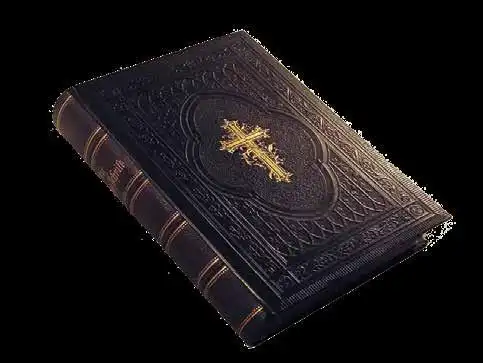
4 minute read
EARLY CHURCHES IN NC
Early Churches
Story by Janice Cole Hopkins
Advertisement
St. Paul’s Episcopal Church in Edenton.
52
Not surprisingly, early church growth in North Carolina started near the coast and spread west because this was the pattern of first settlement and growth.
At first, Britain tried to establish the Church of England in its colonies, but North Carolinians didn’t like paying taxes to support the church, so other denominations also have an early history in the state.
Records show that the Society of Friends (Quakers) began in North Carolina in 1692, followed by the Anglicans (or later Episcopalians) in 1700. The Baptists came into the state in 1727, the Presbyterians in 1730, the Lutherans in 1740, the Moravians in 1753 and the Methodists in 1772.
After the Revolutionary War, the Anglican Church was no longer welcome in the new nation, and those churches were changed to Episcopal Churches. Therefore, many of the older churches in the Eastern Region are Episcopal. In fact, the oldest church in the state is St. Thomas Episcopal Church in Bath. It was founded in 1734, although its history dates back even earlier.
A Spanish clergyman, who could barely speak English, and went unpaid for four years, baptized 635 people in a single year. The Rev. John Garzia secured valuable gifts, like a silver communion chalice, from the bishop and two silver candelabra from King George II, when the St. Thomas Church building was consecrated in 1744.
Early in its history, St. Thomas
in North Carolina
Parish had more resources than most in the colonies. Through Dr. Thomas Bray's efforts to make appropriate books and pamphlets available to missionaries in the colonies, the parish had a library of 1,050 items. Donated in 1701, the library was first housed at a plantation in the parish but moved to the church when it was built. This would have also been the first library in North Carolina.
St. Paul’s Episcopal Church in Edenton is another church of historical significance. Built 1736-1766, the pretty, brick church was considered a large one in its time. It’s part of St. Paul’s Parish, established in 1701, and is still in use today.
The graveyard beside St. Paul’s is the final resting place for people like Thomas Pollock, Henderson Walker, and Charles Eden, who gave his name to the town. This graveyard began in 1722, when Edenton became the capital of North Carolina.
The oldest possessions of the church are the book of vestry minutes, beginning in 1701, and a chalice and paten that Edward Mosley gave the church in 1725. Not many churches in the country have artifacts as old.
A large number of Revolutionary leaders from the state attended St. Paul's, and most of them continued to be noteworthy after the war. James Iredell became a Supreme Court Justice. Thomas Jones may have written the new constitution for the state of North Carolina. Joseph Hewes would sign the Declaration of Independence, and Samuel Johnston would first be governor and later a senator.
It’s not easy to find and sequence the oldest churches because the exact dates are often unavailable for a variety of reasons. First of all, someone must determine what event the church will be dated by. Is it when the first group of people began to meet, when they were officially organized into a congregation, or when the first building was erected? Those who go by when people began meeting informally, find it becomes difficult to pin down their history and come up with a date. Shiloh Baptist Church in Camden County is a good example of this.
The earliest known existing record of the Shiloh Baptist Church is a petition to the Court of Pasquotank Precinct, which requested that the court record the meeting of the new Baptist congregation. William Burges and others had signed it.
By 1727, people were worshipping in the home of Burges, who was listed as the pastor. This makes Shiloh Baptist Church the oldest continually worshipping Baptist church in North Carolina. The number of worshipers grew so much that in 1736 they built a small church next to Burges’ home. The petition for this church was made to the King's Court Sept. 5, 1729. This is the date that the state highway marker lists for the establishment of the church, and it calls it, “the oldest Baptist Church in North Carolina.”
Another factor influencing early

church history is the connection between denominations and ethnic background. The Quakers were one of the groups that experienced persecution in England and came to the New World looking for more freedom to worship as they thought best. German groups brought with them a strong Lutheran presence and a few Moravian communities. Along with the large waves of Scotch-Irish immigrants came Presbyterian beliefs.
Wherever they came from, however, religion played an important part in the history of North Carolina. For much of the state’s history, the churches set the standards for a community and its society. Attending church became the acceptable thing to do.
Janice Cole Hopkins is a professional writer with numerous published books, and is a regular contributor to Eastern North C a r o l i n a Living.

53






